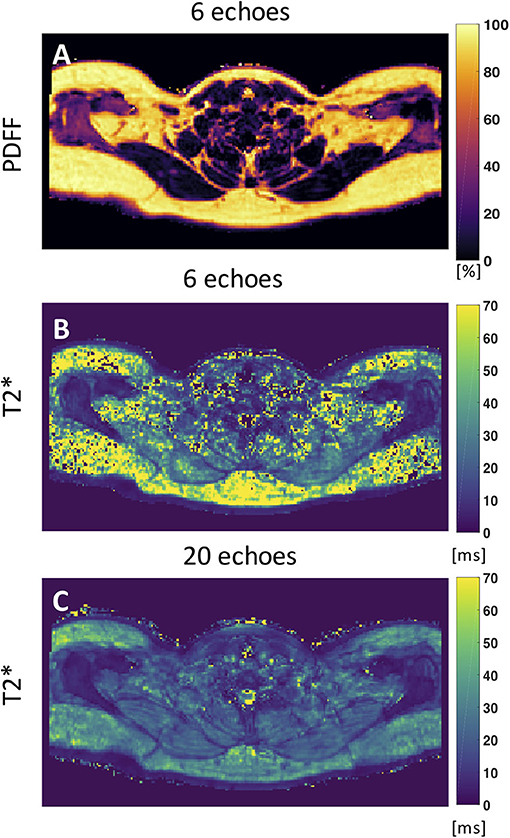
The parameters used to define clinically significant prostate cancer aid in prognostication of prostate cancer. These lesions exhibit more malignant behaviour and are more likely to warrant treatment compared to smaller, less aggressive tumours that can be inconsequential ( 5). This definition is derived from the seminal work of Hanahan and Weinberg ( 4). Tumor volume on whole-mount prostatectomy >0.5 cm 3 (although on biopsy different groups use different criteria such as number of biopsies positive or percentage cancer involvement or millimetres of cancer per core). Gleason score 7 or greater (3+4=7 or higher) Įxtraprostatic tumor extension (T3a disease or greater) Herein, we review the literature on qualitative and quantitative MRI parameters which can distinguish between malignant and benign disease.ĭetermining clinically significant prostate cancerĬlinically significant prostate cancer is frequently categorized according to three main prognostic factors as defined by Stamey and Epstein ( 2, 3): Accurate reading and interpretation of MP-MRI imaging is key to the accurate identification of abnormal areas which require biopsy, and those which represent benign or indolent disease which might avoid a biopsy. Sequences using diffusion-weighted imaging (DWI) and dynamic gadolinium contrast-enhanced (DCE) imaging can greatly aid in the detection of clinically significant cancer. MP-MRI allows T2W anatomical imaging to be combined with functional and physiological assessment. Traditional prostate MRI consisted of only T1-weighted (T1W) and T2-weighted (T2W) imaging, and could only be used for local staging in known prostate cancer. Multi-parametric magnetic resonance imaging (MP-MRI) has become an increasingly important tool in the diagnosis and characterization of prostate cancer ( 1).

This can result in the over-diagnosis and subsequent overtreatment of low-grade prostate cancer, but may also fail to detect clinically significant cancers. Traditionally, the diagnosis of prostate cancer has been made solely by transrectal ultrasound (TRUS) guided biopsy. Embracing and advancing existing technologies is essential in furthering this process.Īccurate diagnosis of clinically significant prostate cancer is essential in identifying patients who should be offered treatment with curative intent. Accurate reading and interpretation of diagnostic investigations is key to accurate identification of abnormal areas requiring biopsy, sparing those in whom benign or indolent disease can be managed by non-invasive means. While hyperpolarized MRI shows promise in improving the imaging and differentiation of benign and malignant lesions there is further work required. Over the last decade, choline and prostate-specific membrane antigen (PSMA) positron emission tomography (PET) have developed as better tools for staging than conventional imaging. Proton MR spectroscopic imaging (MRSI) is a more technically challenging imaging modality than DCE and DWI MRI. New techniques of quantitative MRI, such as VERDICT MRI use tissue-specific factors to delineate different cellular and microstructural phenotypes, characterizing tissue properties with greater detail.
#EFILM LITE EXPORT MRI DWI SOFTWARE#
Computer aided diagnosis utilizes software to aid radiologists in detecting and diagnosing abnormalities from diagnostic imaging.

Dynamic gadolinium contrast-enhanced (DCE) imaging can exhibit difficulties in distinguishing prostatitis from malignancy in the peripheral zone, and between benign prostatic hyperplasia (BPH) and malignancies in the transition zone (TZ). Diffusion-weighted imaging (DWI) has shown greater sensitivity, specificity and negative predictive value compared to prostate specific antigen (PSA) testing and T2W imaging alone and has a more positive correlation with Gleason score and tumour volume. MP-MRI allows T2-weighted (T2W) anatomical imaging to be combined with functional and physiological assessment.

Multi-parametric magnetic resonance imaging (MP-MRI) has become an increasingly important tool in the diagnosis and characterization of prostate cancer. Tumor volume may be an independent prognostic factor and should be considered in conjunction with other factors. Extracapsular extension of prostate cancer has been demonstrated to be an adverse prognostic factor with greater risk of metastatic spread than organ-confined disease. Modifications to the Gleason grading system in recent years show that accurate grading and reporting at needle biopsy can improve identification of clinically significant prostate cancers. Accurate diagnosis of clinically significant prostate cancer is essential in identifying patients who should be offered treatment with curative intent.


 0 kommentar(er)
0 kommentar(er)
